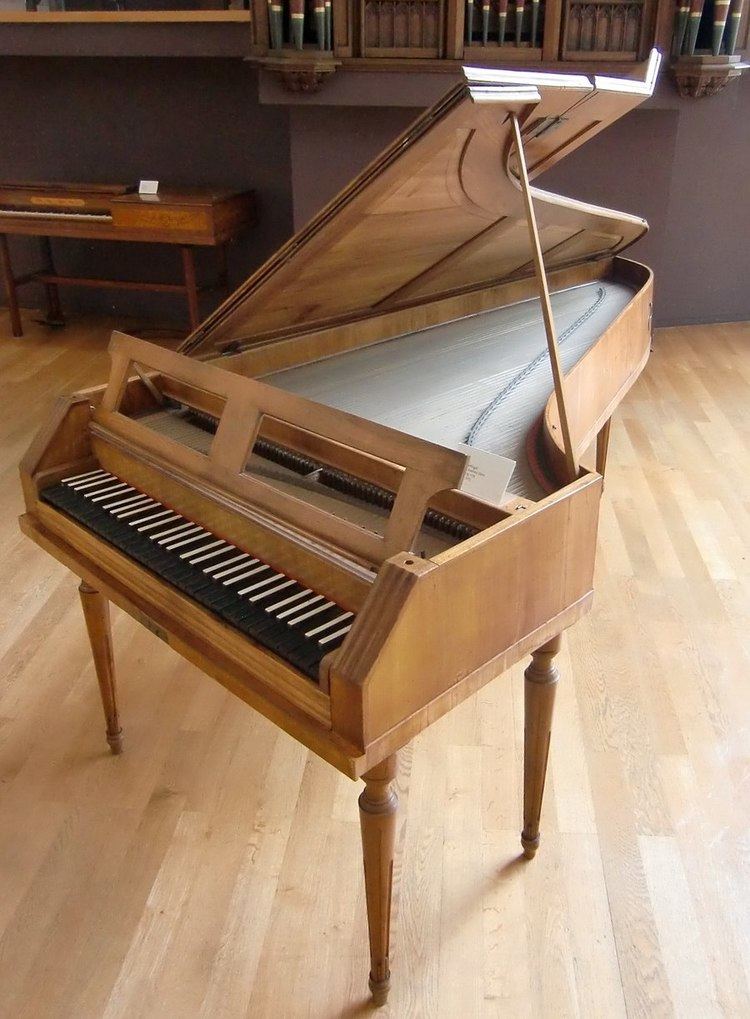Scoring Pianoorchestra | Catalogue K. 503 | |
 | ||
Movements Three (Allegro maestoso, Andante, Allegretto) | ||
The Piano Concerto No. 25 in C major, K. 503, was completed by Wolfgang Amadeus Mozart on December 4, 1786, alongside the Prague Symphony, K. 504. Although two more concertos (K. 537 and K. 595) would later follow, this work is the last of the twelve great piano concertos written in Vienna between 1784 and 1786. Chronologically the work is the 21st of Mozart's 23 original piano concertos.
The K. 503 concerto has long been neglected in favor of Mozart's more "brilliant" concertos, such as K. 467. Though Mozart performed it on several occasions, it was not performed again in Vienna until after his death, and it only gained acceptance in the standard repertoire in the later part of the twentieth century. Mozart's pupil Johann Nepomuk Hummel valued it, as can be seen in the influence it had on Hummel's own Piano Concerto in C, Op. 36.
Music
Though the orchestra lacks clarinets, it does include trumpets and timpani. The concerto is one of Mozart's longest, with a duration of about 33 minutes.
It has the following three movements:
- Allegro maestoso
- Andante in F major
- Allegretto
While the concerto is frequently compared to the Jupiter Symphony, Girdlestone considers its closest parallel to be the String Quintet in C, K. 515. The expansive first movement (in sonata form) is one of Mozart's most symphonic concerto movements. This movement subtly slips in and out of the minor several times. One of the secondary themes of the concerto's first movement is a march that often reminds people of the then-unwritten "La Marseillaise". (See e.g. Musical Author section.) This theme dominates the development section. Beethoven references this concerto in his own Fourth Piano Concerto. In addition, the famous motif in the first movement of Beethoven's Fifth Symphony resembles one found in this concerto. Also, Mozart's 25th and Beethoven's 5th concerti have a strong march-like theme in the first movement that is first played in minor and then soon appears gloriously in major.
The tranquil second movement is in sonata form, but lacks a development section. It extensively uses the winds.
The third movement is a sonata-rondo that opens with a gavotte theme from Mozart's opera Idomeneo. Girdlestone considers this movement to be very serious-minded. Like the first movement, it touches upon the minor; however, it ends confidently and triumphantly.
